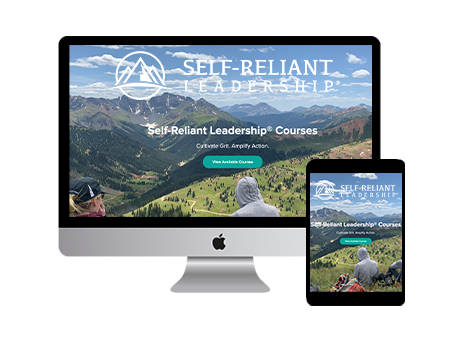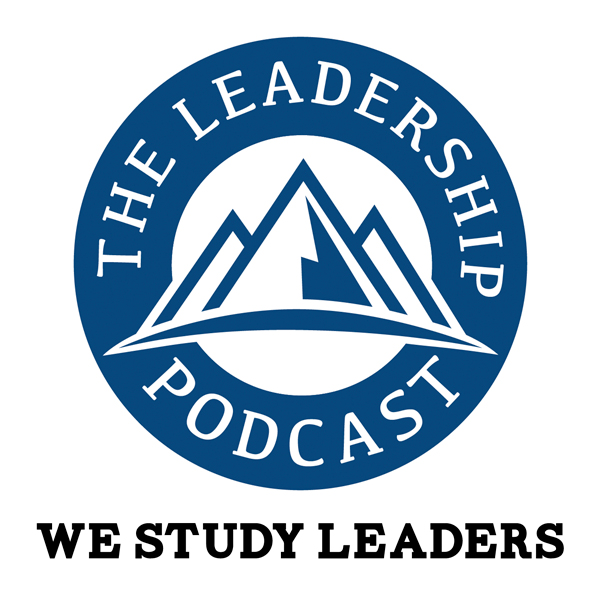Carbon-copy. White-out. Red-line. In-box. If you entered the workforce before 1980, you remember when those terms described actual physical things. You typed on carbon paper, used white-out to correct mistakes, made red-line changes on a sheet of paper with a red pen, and the whole editing process involved papers in and out of actual wooden in-boxes.
A lot has changed in the last 30 years. Technology advances have been explosive with major effects on the four generations working side-by-side in today’s organization (i.e., Traditionalists born before 1945; Baby Boomers born 1946-1964; Gen Xers born 1965-1980; and Millennials born 1981-1999).
 The one thing that hasn’t changed in the past 30 years is how we actually manage people. Napoleon himself would recognize the hierarchy by which we command and control (try to anyway). The problem is the world has changed – drastically. Each generation has different expectations, and those of us in leadership roles are managing the way we were managed when we actually used carbon paper to make carbon copies. Simply put, we’re over-managing and under-leading. We’re caught in the day-to-day maelstrom trying to control our results be focusing on Key Performance Indicators, Critical Success Factors, and the latest spreadsheet, matrix, and laminated card of paint-by-numbers management.
The one thing that hasn’t changed in the past 30 years is how we actually manage people. Napoleon himself would recognize the hierarchy by which we command and control (try to anyway). The problem is the world has changed – drastically. Each generation has different expectations, and those of us in leadership roles are managing the way we were managed when we actually used carbon paper to make carbon copies. Simply put, we’re over-managing and under-leading. We’re caught in the day-to-day maelstrom trying to control our results be focusing on Key Performance Indicators, Critical Success Factors, and the latest spreadsheet, matrix, and laminated card of paint-by-numbers management.
It ain’t working. The most recent Gallup survey shows just 30 percent of the U.S. workforce is inspired by what you’re asking of them. You’re working harder than ever wondering when it’s going to get easier. Employee turn-over results in lower productivity; overworked remaining staff, lost knowledge, more new-hire training, and increased recruiting costs.
As a leader you might feel like the school principal spending more time herding, motivating, enticing, pleading, rewarding, and cajoling employees than working on, and growing the business. And what you really want you’re afraid to ask. Wouldn’t it be nice to have employees who understand that greatness in character (and organizational culture) come from two dirty words we’re afraid to use: Sacrifice and Commitment. Is hard work, dedication, discipline and selflessness really too much to ask?
How can we get people to commit to a greater purpose rather than merely comply with Key Performance Indicators and Critical Success Factors?
People support what they help create.
Discipline and autonomy should not be mutually exclusive. When we think of innovation, how often do we dedicate time to changing the way we structure and lead our organizations? If you want to encourage risk taking and nontraditional actions that support the mission, then we have to change the systems and structures to align people with each other first.
Of the five leadership levers listed below, what changes can you make that would create a more effective multi-generational workforce?
- Strategy – Does your organization distribute power to allow people to make decisions that support extraordinary service to your customers?
- Structure – How can you better connect employees and customers to foster adaptability as a distinct competitive advantage?
- Resources – How are you allocating time, talent, technology and treasury to support the fabric of the organization?
- Rewards – What are you doing to attract and retain top talent who may view your organization as just one component of their portfolio career?
- Processes – Do your processes stifle ingenuity, or create innovation and efficiency that support the ability to scale?
- Performance – If everything is a priority, nothing is a priority. Are the metrics clear, concise, and consistent throughout the organization?
The world has changed in the past 30 years. We’re still over-managing and under-leading. People will support and commit to the work they help create. What are you doing to deserve sacrifice and commitment from the people you serve? Rather than rack your brain on improving engagement and the bottom line, involve the multi-generational people that comprise your workforce. I have no doubt they’ll help you create a more effective way to successfully manage and lead a 21st Century organization.







Thanks for the great questions above. I’m eager for the day when people are so fulfilled by what they do that they don’t consider aspects of their work to be a sacrifice. That definitely starts with great leaders: thanks for the reminder of what we must do to create those conditions.
That is a terrific point, Theresa. That in itself is a great question! ==> Are you so fulfilled with your work that certain aspects aren’t a sacrifice?